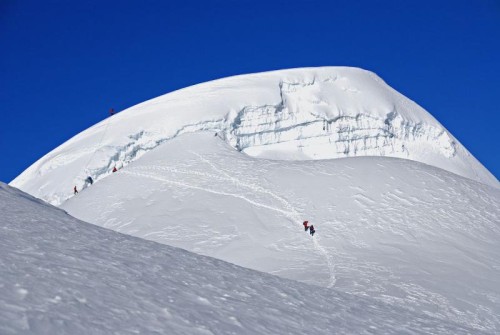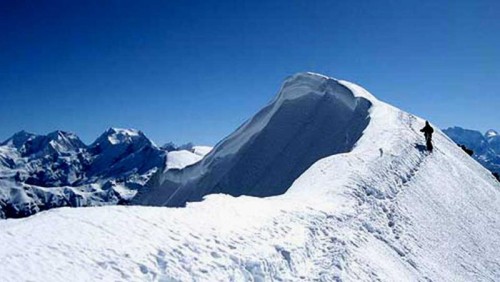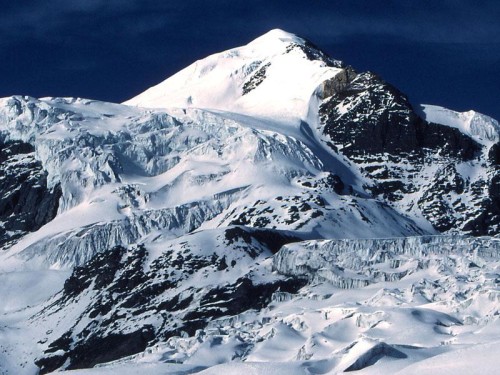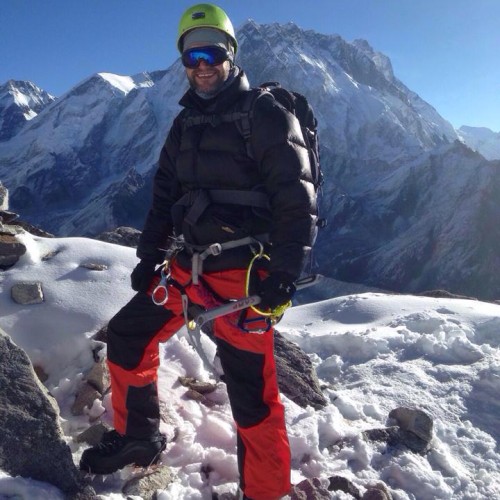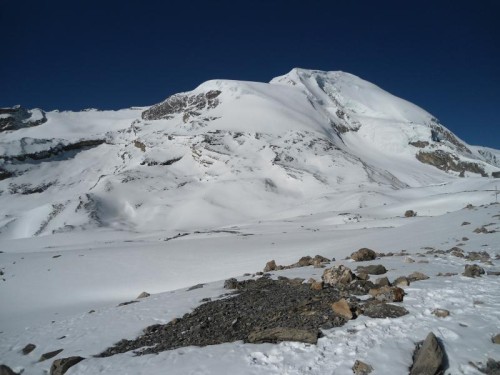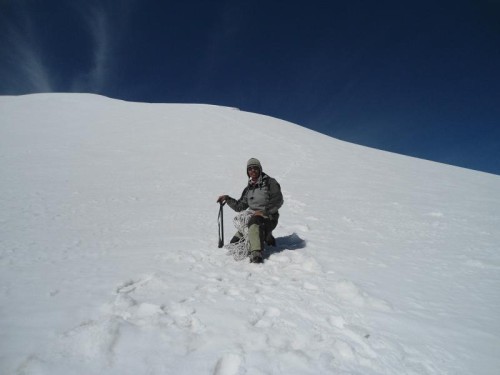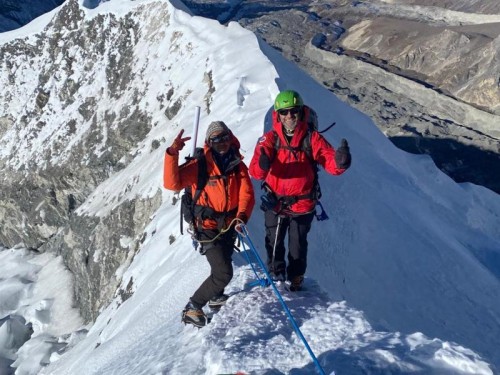Getting There: Nepal
Between China's Tibet Autonomous Region and India, Nepal is a landlocked Himalayan nation. It has eight of the top ten mountains in the world, including Mount Everest. There are numerous points from China and India where one can enter Nepal by land. Tourist visas for Nepal are available on arrival at all Indian and Chinese borders if you are traveling there by land. There are numerous foreign airlines providing nonstop connecting flights to Nepal if you're arriving by air. Nepal Airlines, Turkish Air, Thai Airways, Gulf Air, Qatar Air, Jet Airways, Air India, Biman Bangladesh, Lufthansa, Oman Air, Travel Dubai, Air Arabia, and Air China are a few of the well-known airlines that fly to Nepal. From China or India, one can also go overland. Please check your flight and get in touch with us before arriving in Nepal. At the airport in Nepal, you can easily obtain a on arrival visa.
Visa and passport information
Except for Indian passport holders, all foreign visitors to Nepal need a visa; however, you must have a passport with a six-month validity date in order to apply for a tourist visa. At the Tribhuvan International Airport and the Chinese-Indian border in Tibet, visas are available on arrival. To apply for a visa to enter Nepal, you must have a color photograph in PP size. Please click this link for more details about Visa Information.
Money exchange rate and prices
If you're seeking for the best foreign exchange rates and locations in Nepal, you may easily exchange the majority of your foreign currency at a local bank or authorized money exchange facility in a well-known tourist destination. The Nepal Rastra Bank controls all exchange rates (Center Bank of Nepal). You can exchange small amounts of money at the hotel if you want to. Because our banks will not take dirty or old notes, kindly bring clean and fresh notes.
In order to avoid the time-consuming processes associated with cards and traveler's checks, Nepalese people typically prefer cash in hotels, restaurants, shopping malls, and other locations. You can use an ATM to get cash (in Nepali Rupees) if you have a credit or debit card. In the main tourist city, there are a number of ATM counters with 24-hour service. If you use a card, the maximum withdrawal amount is between 30,000 and 35,000 rupees at once, plus a processing fee of 500 rupees.
You must convert your money in Kathmandu or Pokhara before the hike because the majority of trekking routes do not offer a facility for international currency exchange. Additionally, inquire about the amount of money required for a Himalayan trek from your trekking operator or guide.
Safety and security
When traveling in Nepal, safety and security are crucial issues to consider both on the way to in and out. We are here for you at all times, and we promise to provide the greatest service to all of our cherished clients. Our guides have extensive training in the field of trekking and broad understanding of first aid items. Because it rises more than 4000 m above sea level, it is essential for hiking in Nepal. Because health is crucial, if a trekker becomes ill from the high altitude, our knowledgeable guide discusses the necessary medications and decides to continue the trek while organizing the emergency rescue.
You must be cautious when hiking trails pass one other because they are not wide enough to do so. During the busiest trekking season, there are lots of porters, yaks, mules, and Jokpe along the trail. You must stay on the safe side if you encounter them on a bridge or in a confined space because otherwise they may force you over the edge.
Safe drinking water
For a healthy body while traveling and staying hydrated, clean water is essential. It will be the most effective method of completing the Himalayan journey. If not, getting sick and having diarrhea is simple. Almost everywhere during the Nepalese tea house trip, but not during the camping trek, sells bottled water. Unfortunately, bottled water is very pricey.
Please bring good water bottles (for boiling water) and water purification tablets or water filter bottles since plastic bottles are detrimental for the environment. Reusable water bottles are a good idea because they help keep the mountain clean. If you are concerned about finding a typical water tap to fill up your bottles in the trekking region of Nepal, they are very simple to locate. It can be found in rivers, streams, and lodges.
Travel insurance and insurance policy
Nepal hiking tours: The difficulty levels of the Himalayas range from easy to tough. As a result of the Himalayan climate changing, there is a risk of high altitude and potential mishap.
Trekking in the Nepalese Himalayas demands practical trekking abilities at high altitudes (above 4,000 meters), so travel insurance is essential. If an accident occurs during a trip and requires medical attention or evacuation, the cost of returning to a city and receiving treatment may be significant. Therefore, you must ensure that your insurance covers the price of an air ambulance, medical care, and any risks associated with travel, such as delayed flights and lost, stolen, damaged, or missing baggage. Your complete itinerary while visiting Nepal should be covered by your insurance policy. Make sure your insurance policy covers hikes higher than 5,500 meters. If not, you will be responsible for all unforeseen costs associated with your trek through Nepal.
All trekkers must send a copy of their certificate from their comprehensive travel insurance policy to High Pass Adventure as part of the booking process for trekking and climbing in Nepal.
High altitude sickness information
Mountain sickness is another name for high altitude sickness. You must be aware of high altitude sickness symptoms since they arise rapidly if you hike or ascend to a higher elevation. Here are some details if you're curious as to why it occurs. The air pressure is the main cause of altitude sickness. Your body needs time to adapt to the shift in air pressure when you travel to higher elevations since the air pressure decreases and there is less oxygen present. According to doctors, If you are at sea level, it begins at 8,000 feet (2400 meters).
1) Types
There are three types of altitude sickness:
Acute Mountain Sickness (AMS): it is very common and symptoms feel like a tiredness, dizzy, headache, thirsty, muscle aches, nausea
High Altitude Pulmonary Edema (HAPE): it is effect in the lungs, which can be very dangerous and hard to do life threatening
High Altitude Cerebral Edema (HACE): it is effective in the brain and most difficult to treat and you need to go to hospital attention the right way.
2) Cause
Following are the causes of high altitude sickness:
Generally living near sea level and travel to a high elevation
Had the sickness before
Climbing quickly
Not being acclimatized to the altitude
Drinking alcohol when you ascend
Medical problems of heart, nervous or lungs
3) Symptoms
These symptoms will appear depending on your speed to climb and how hard you push. Symptoms range from normal to serious. They can affect the nervous system, lungs, muscles, and heart.
Here are symptoms of High Altitude Sickness:
Difficulty sleeping
Dizziness
Fatigue
Headache
Loss of appetite
Nausea or vomiting
Rapid Pulse (Heart Rate)
Short breath with action
Blue color of skin or gray soft skin
Chest tightness or blocking
Confusion
Dry cough or coughing with blood
Cannot walk in a straight line
4) Prevention
Important keys to preventing of High Altitude Sickness are:
Climb the mountain gradually.
Stop every 2,000 feet (600 meters) of climb above 8,000 feet (2,400 meters) and one or two nights sleep there.
Sleep at a lower altitude when possible.
Make sure that you have the ability to quickly descend if needed.
Learn how to recognize early symptoms of mountain sickness.
If you plan on climbing quickly, or climbing to a high altitude, ask your provider about medicines that may help.
If you are at risk for a low red blood cell count (anemia), ask your provider if your planned trip is safe. Also ask if an iron supplement is right for you. Anemia lowers the amount of oxygen in your blood. This makes you more likely to have mountain sickness.
5) While climbing, you should follow these rules:
Drink plenty of water
Climb slowly.
Take it easy
Do not drink alcohol.
Eat regular meals that are high in carbohydrates.
Sleep lower elevation
Take a medication (diomax) according to doctor


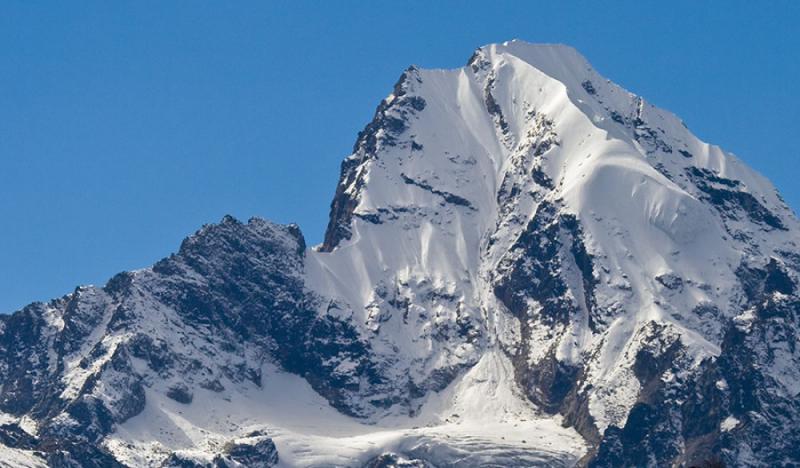
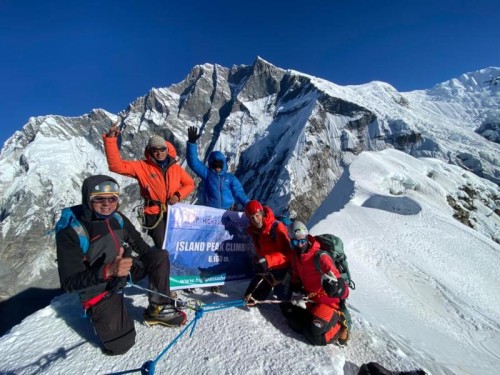


 USD 2250
USD 2250